I’ve seen the Taj Mahal in textbooks, Instagram reels, and guidebooks. But no photo or drone shot prepares you for the real thing — that moment when the morning haze lifts, and the monument slowly reveals itself in full.
This July, I finally made it to Agra. But I wasn’t just here to check a box. I came to understand a story — and what I found was much deeper than I expected.
More Than Just a Monument
At first, I did the usual: joined the sunrise crowd, queued up at the East Gate, passed through security, and stood in awe as the white marble domes came into view.
But what turned my visit from ordinary to extraordinary was how I experienced the Taj. I wasn’t rushing for selfies or looking for that “perfect” angle. I was listening. Looking deeper. Asking questions.
That’s when I found something most people miss: the story behind the stone.
Uncovering Forgotten Stories
As I explored the gardens and sat near the reflecting pool, I stumbled across digital reconstructions and folios that took me back centuries — visuals that told the tale of Shah Jahan, not just as an emperor, but as a grieving husband, a visionary patron, and a man trying to craft eternity.
One of the first images I encountered showed Shah Jahan’s accession ceremony at Agra Fort — surrounded by sons and nobles, receiving homage beneath imperial symbols of harmony and justice.
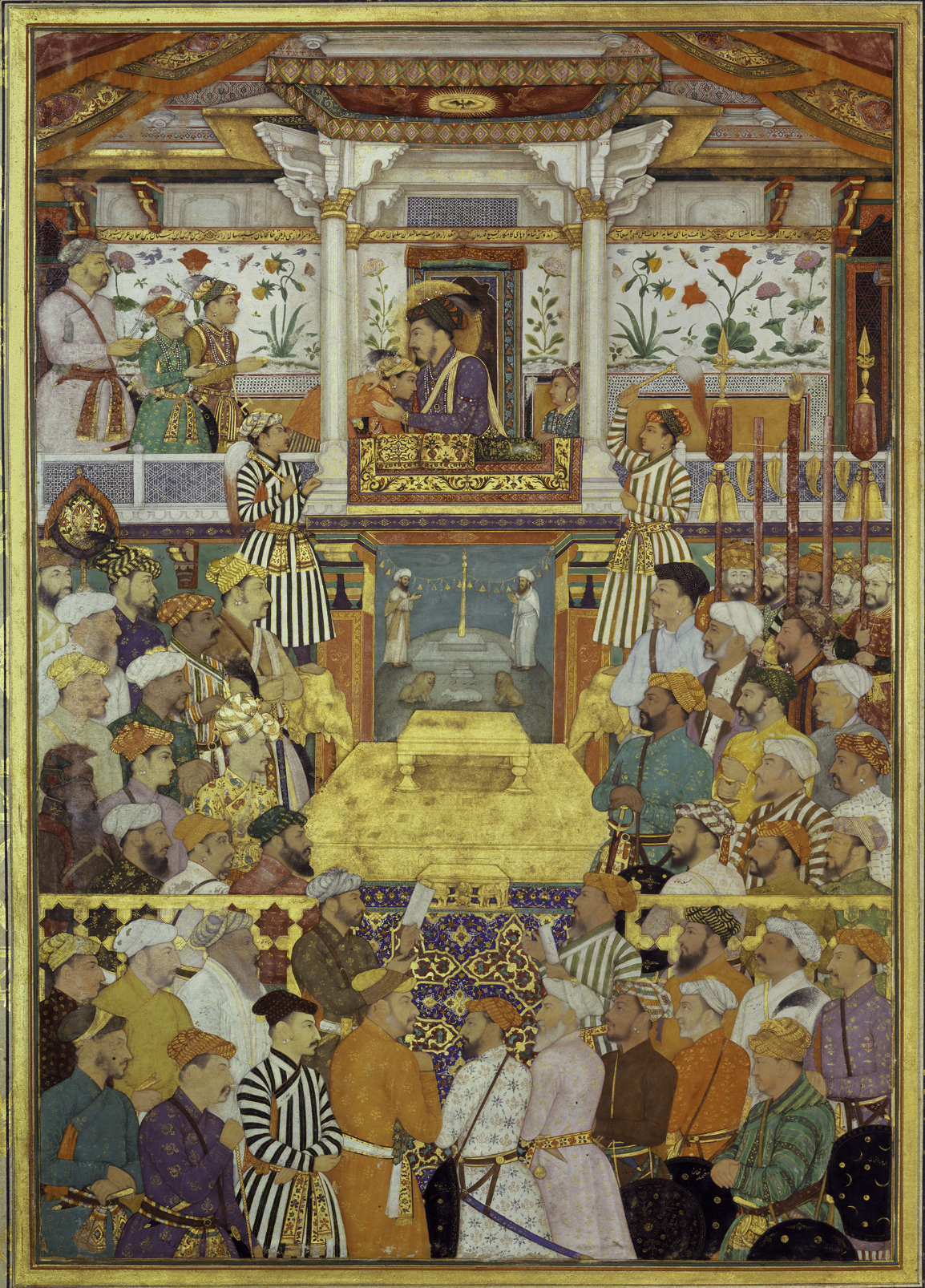
It struck me how the Taj, often seen as a tomb, was really part of a grander imperial vision — one that played out in courts, battles, and moments of personal loss.
— Rahul
History in Miniature
As I walked through the complex, I saw reproductions and digital displays of Mughal miniatures from the Padshahnamah, the royal chronicle of Shah Jahan’s reign.
There was one where Prince Khurram (Shah Jahan) slays a lion during a ceremonial hunt — a bold moment of royal valor captured in brush and gold.
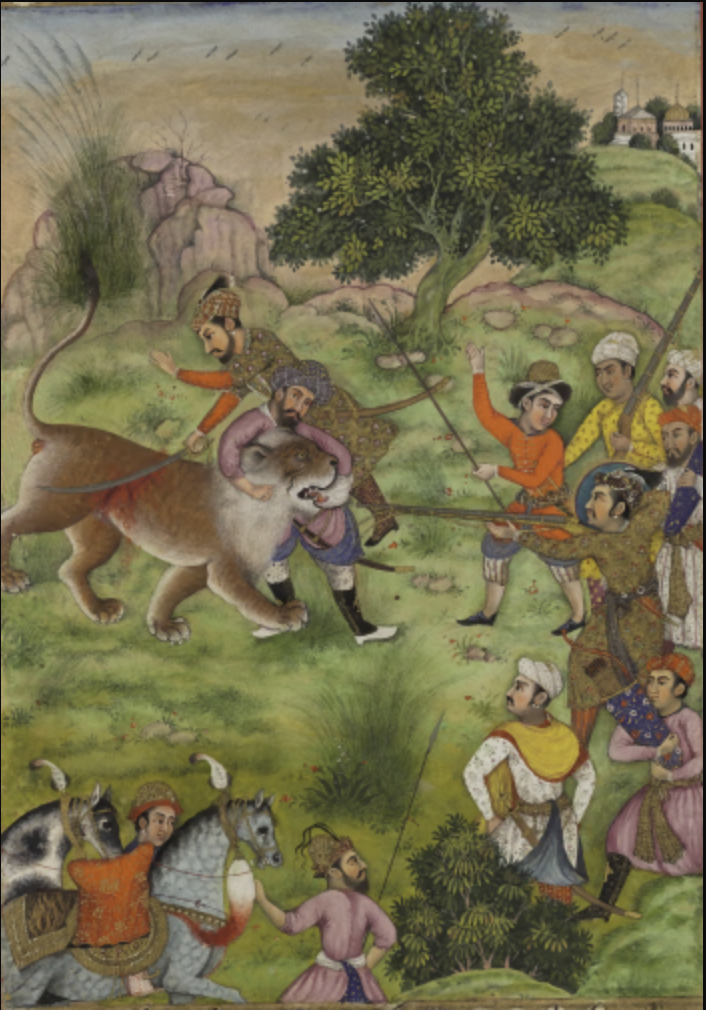
Another showed Mumtaz Mahal in the royal zenana, surrounded by music, flowers, and courtly elegance — a softer, more intimate portrayal of the woman whose memory built an empire of marble.
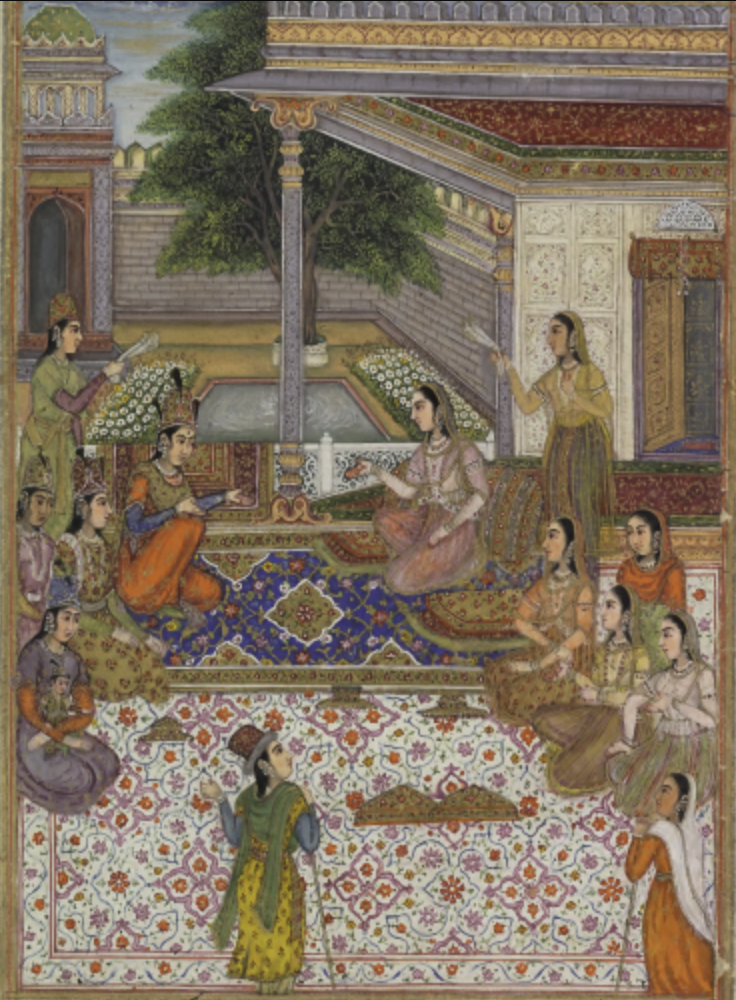
The Taj in Ink Before Stone
One of the most beautiful moments of my trip was discovering an early painting of the Taj Mahal — not a photo, but a miniature painted around 1650. It showed the monument nestled in its charbagh garden, its dome gleaming under the Mughal sun, long before the days of smartphone photography.
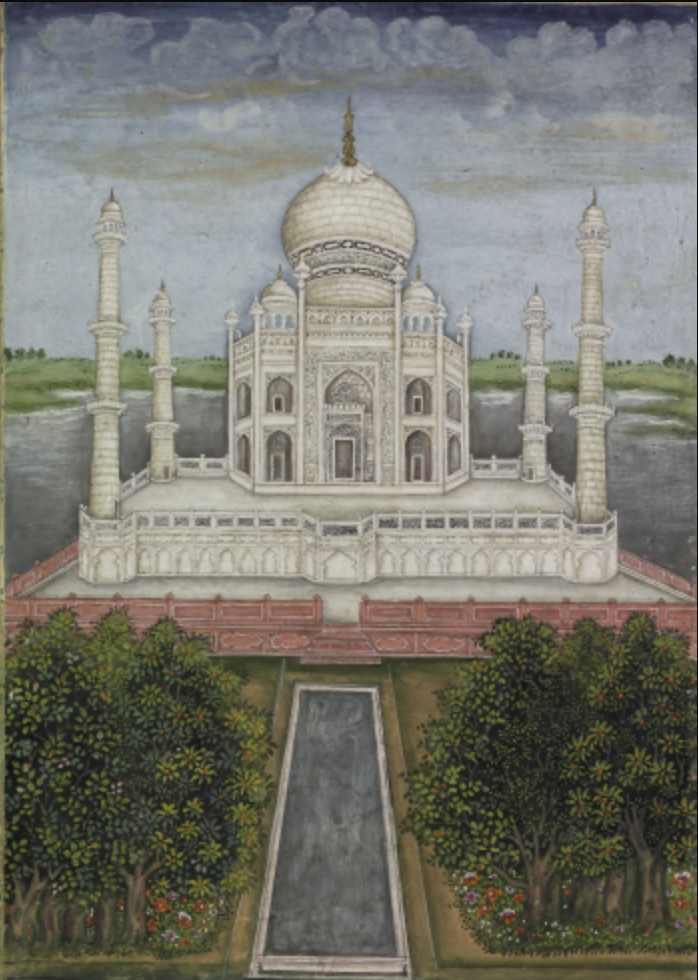
It made me pause — this place has been marveled at, painted, and written about for centuries. I was just the latest visitor in a very long line.
— Rahul
A Coffin, A River, A Return
On my last lap around the mausoleum, I came across a haunting image — Shah Jahan’s funeral. The once-great emperor, carried in a golden coffin across the Yamuna, returned to rest beside Mumtaz, the woman he never forgot.
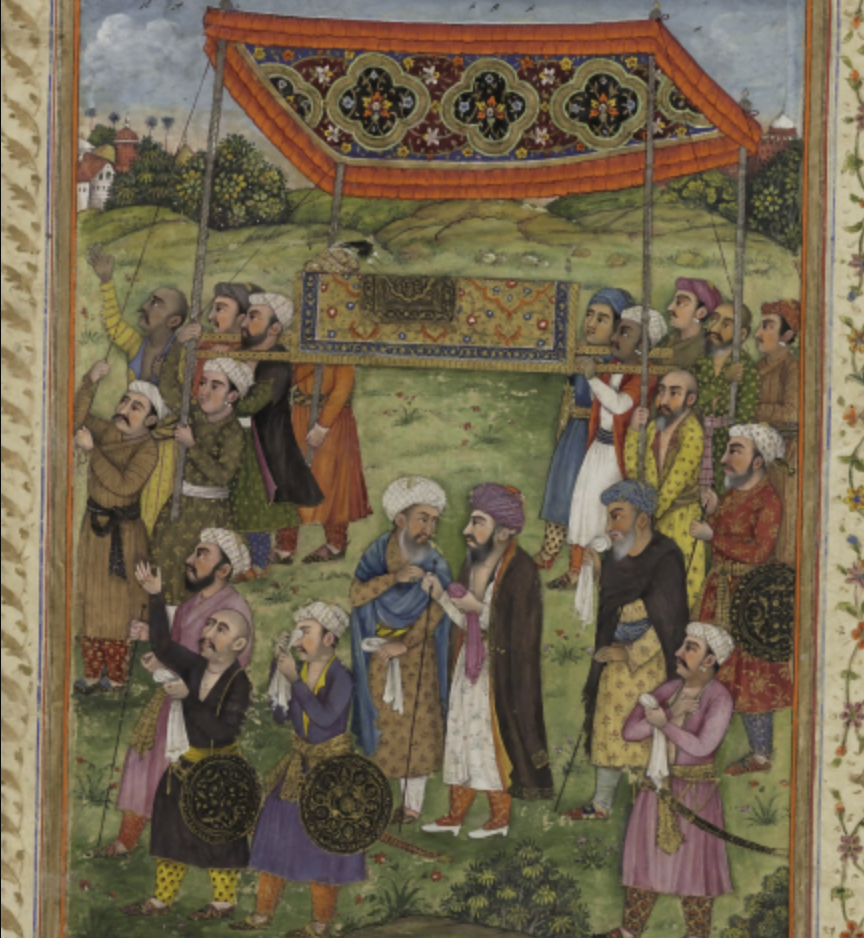
I stood quietly by the riverbank, looking across the same waters. The Taj, glowing in the late light, seemed to breathe — a monument of love, memory, and time
— Rahul
Reflections
I came expecting a monument. What I got was a museum without walls — stories painted centuries ago, histories whispered through arches, and moments of timeless humanity.
If you ever visit the Taj, don’t just look at it. Look into it.